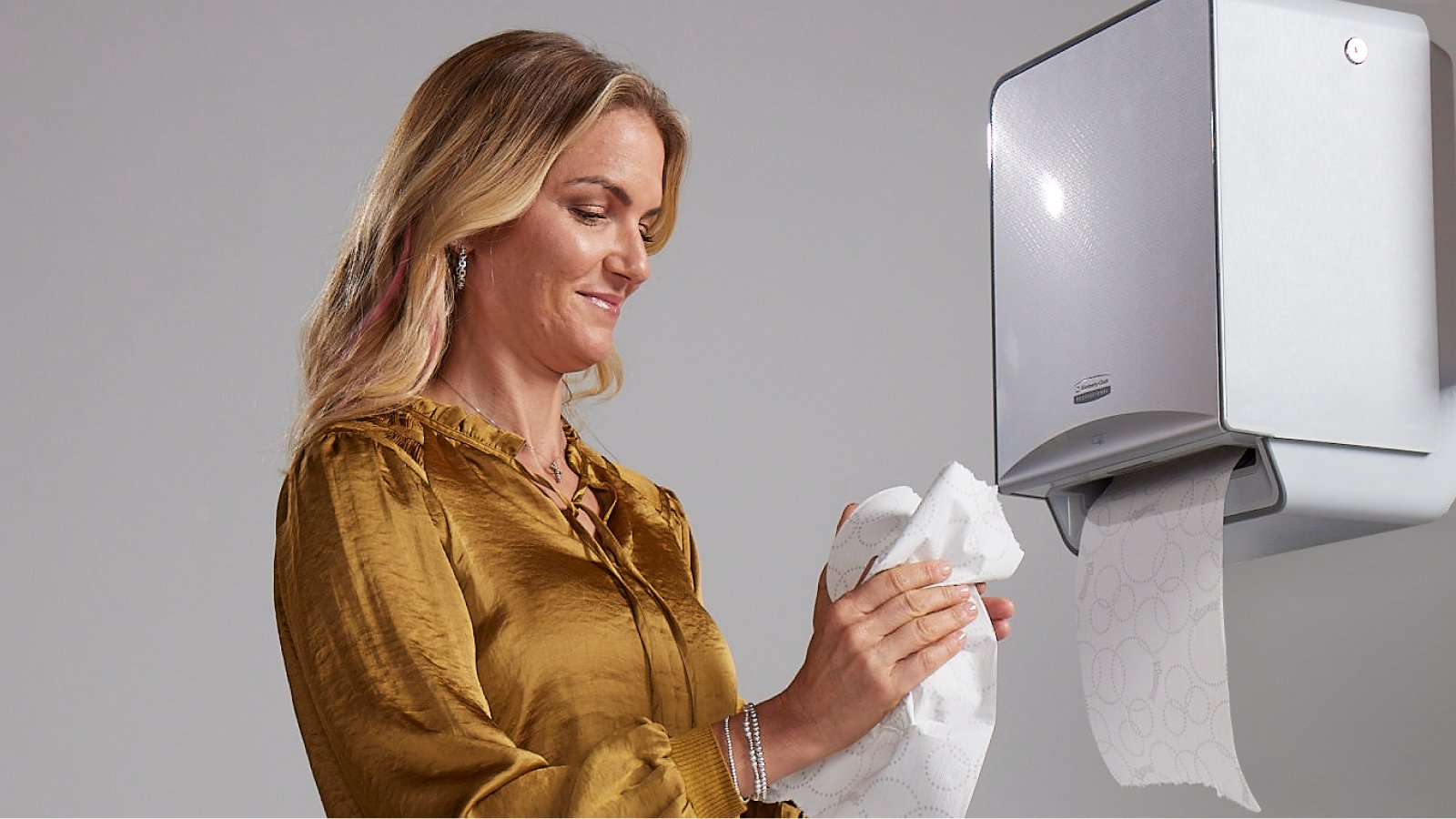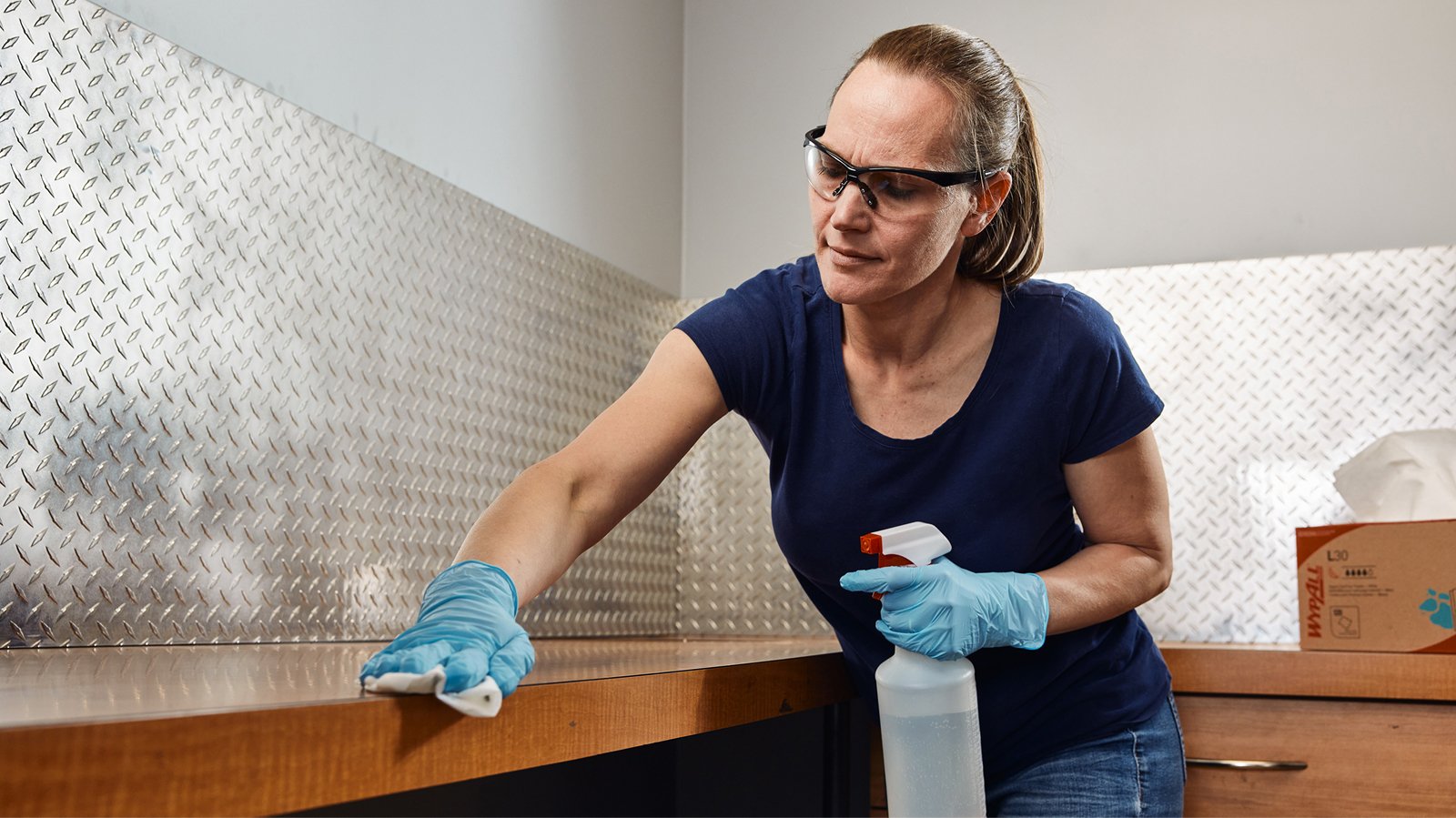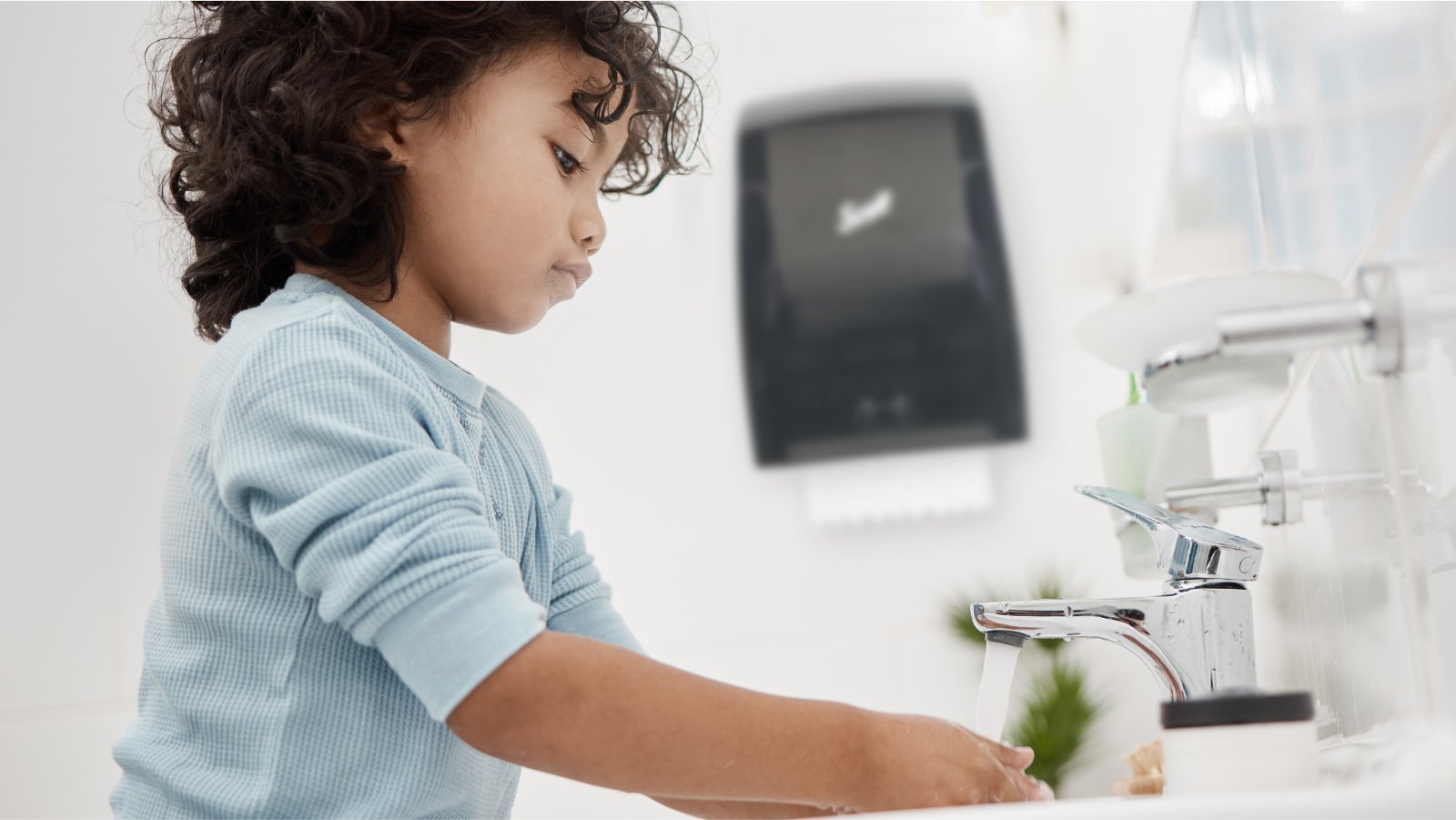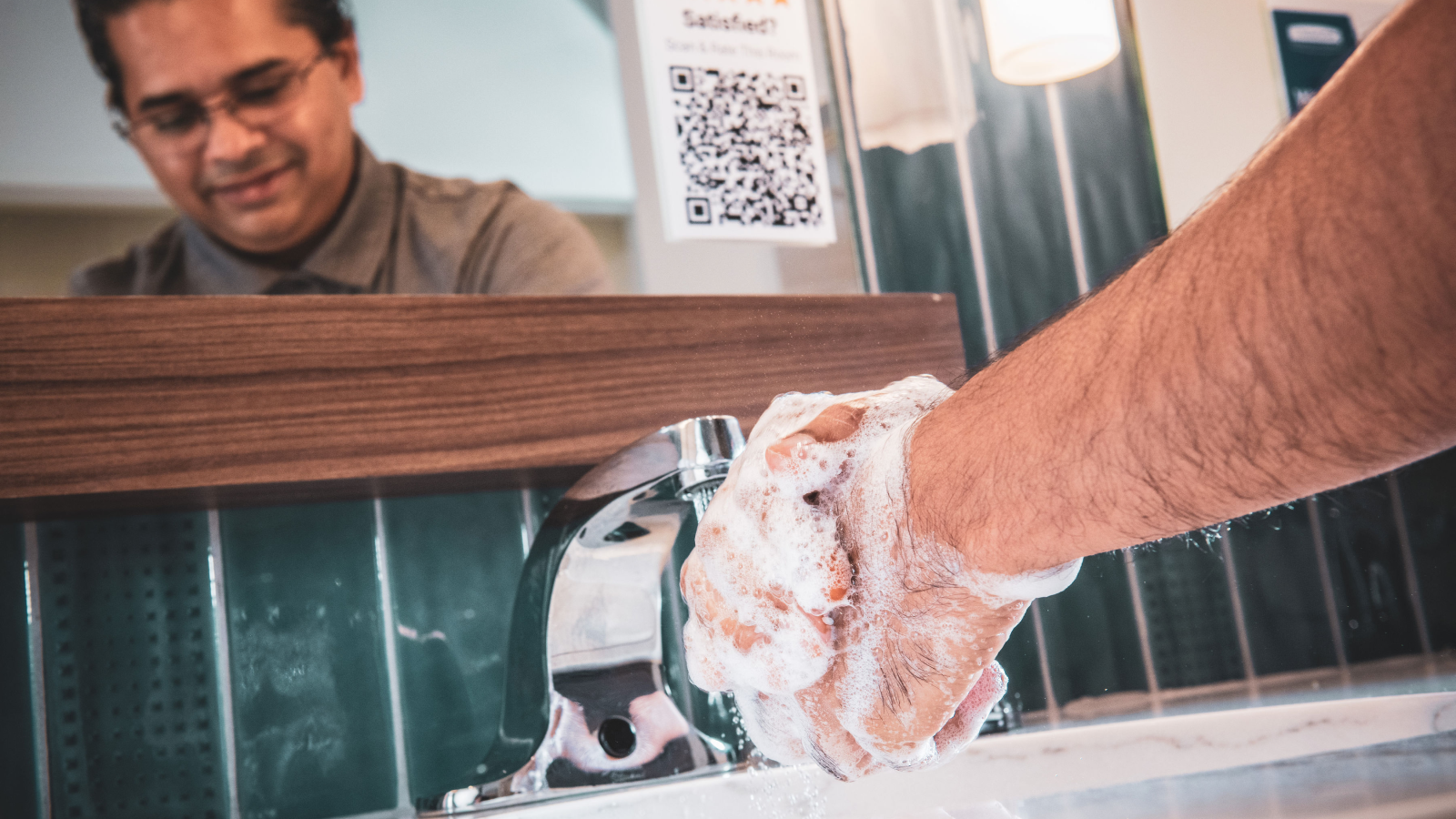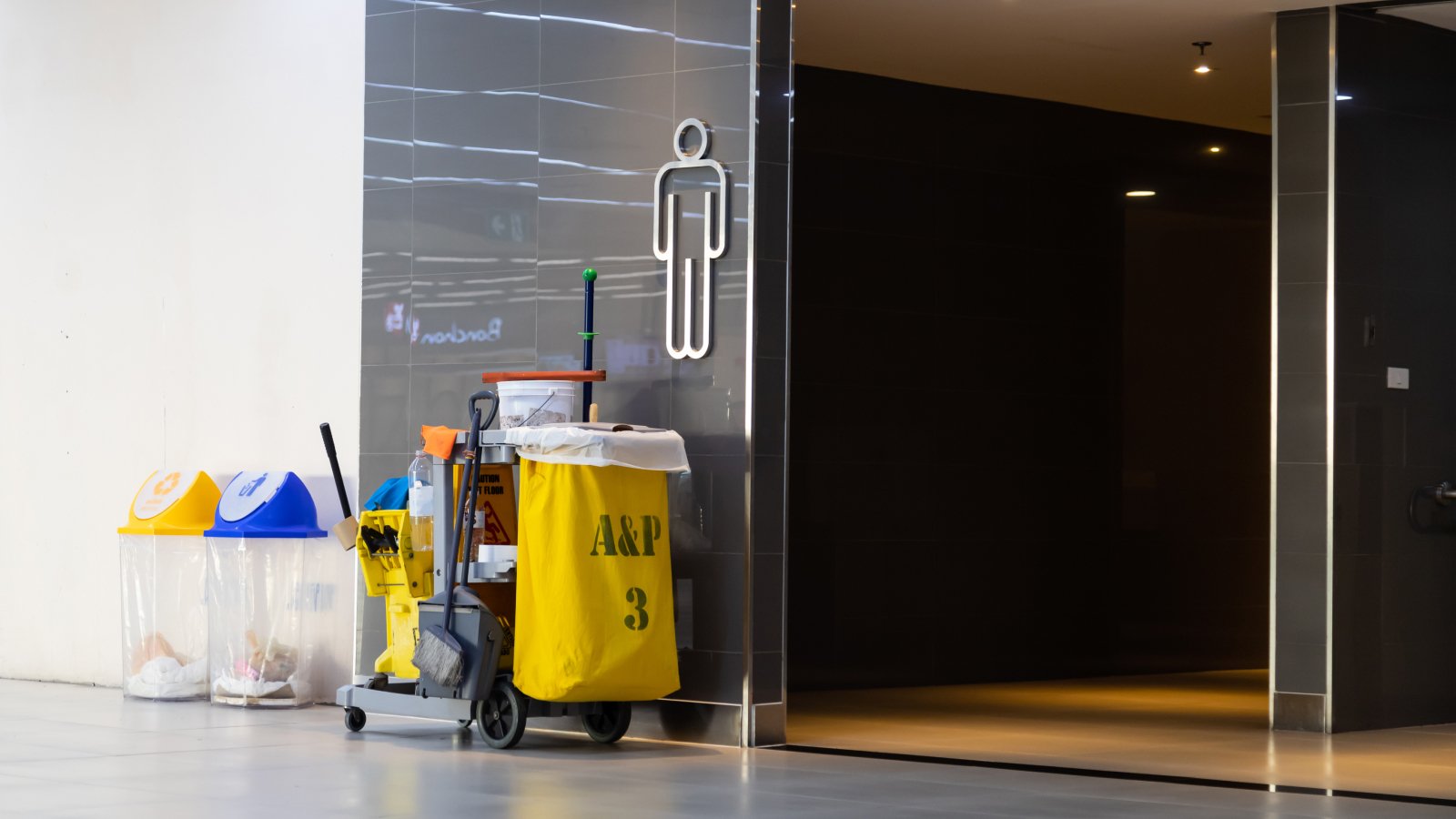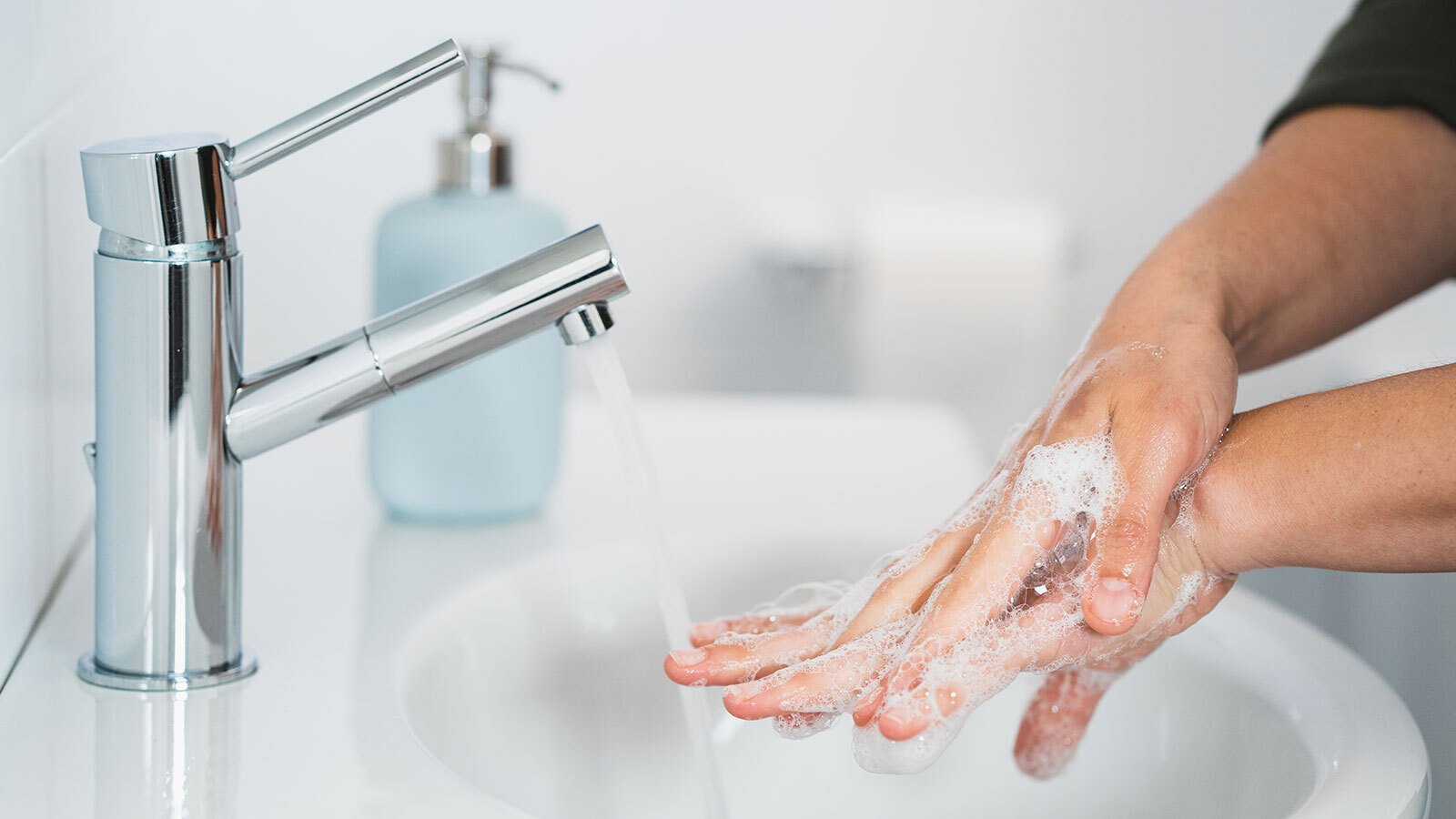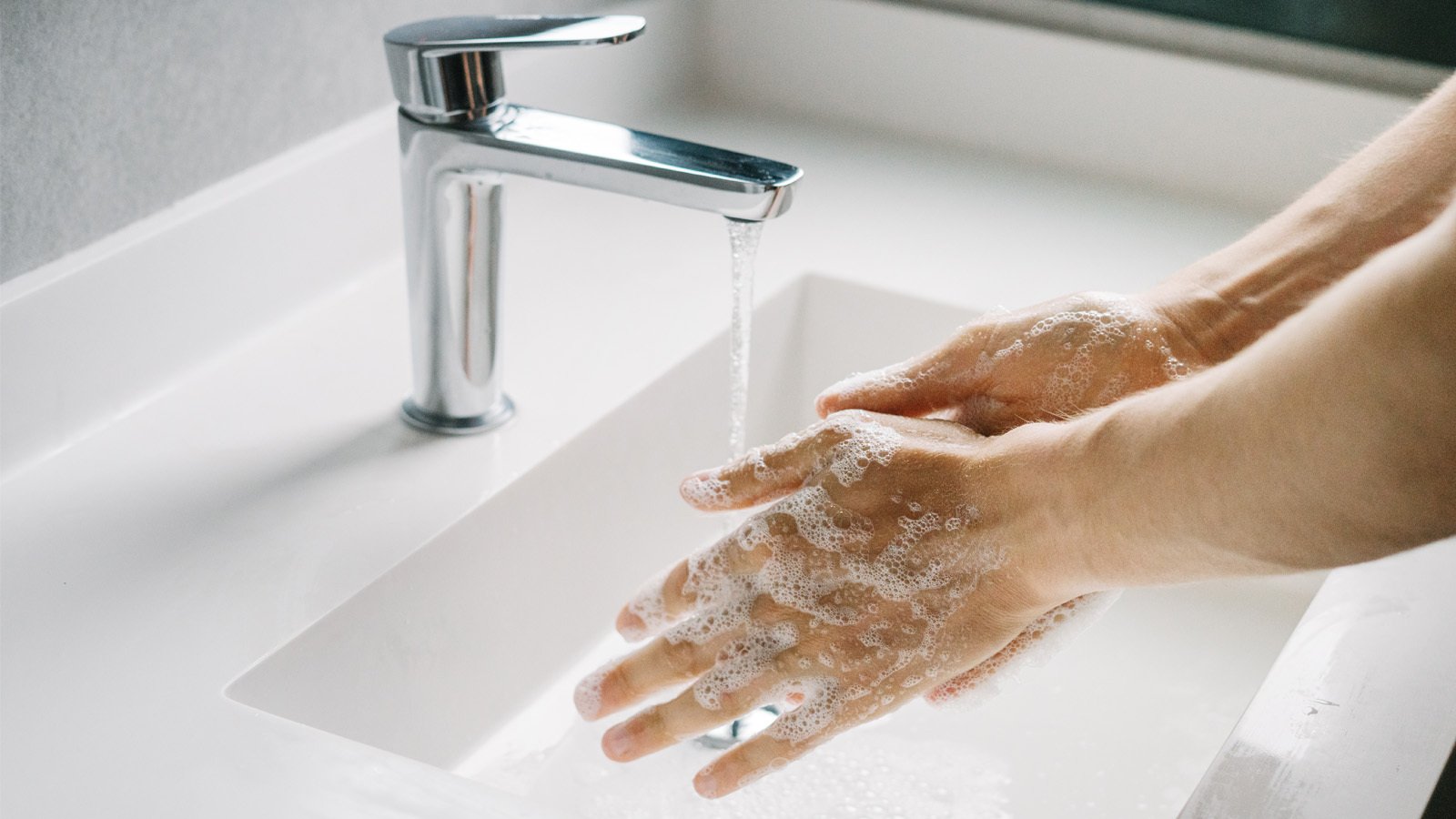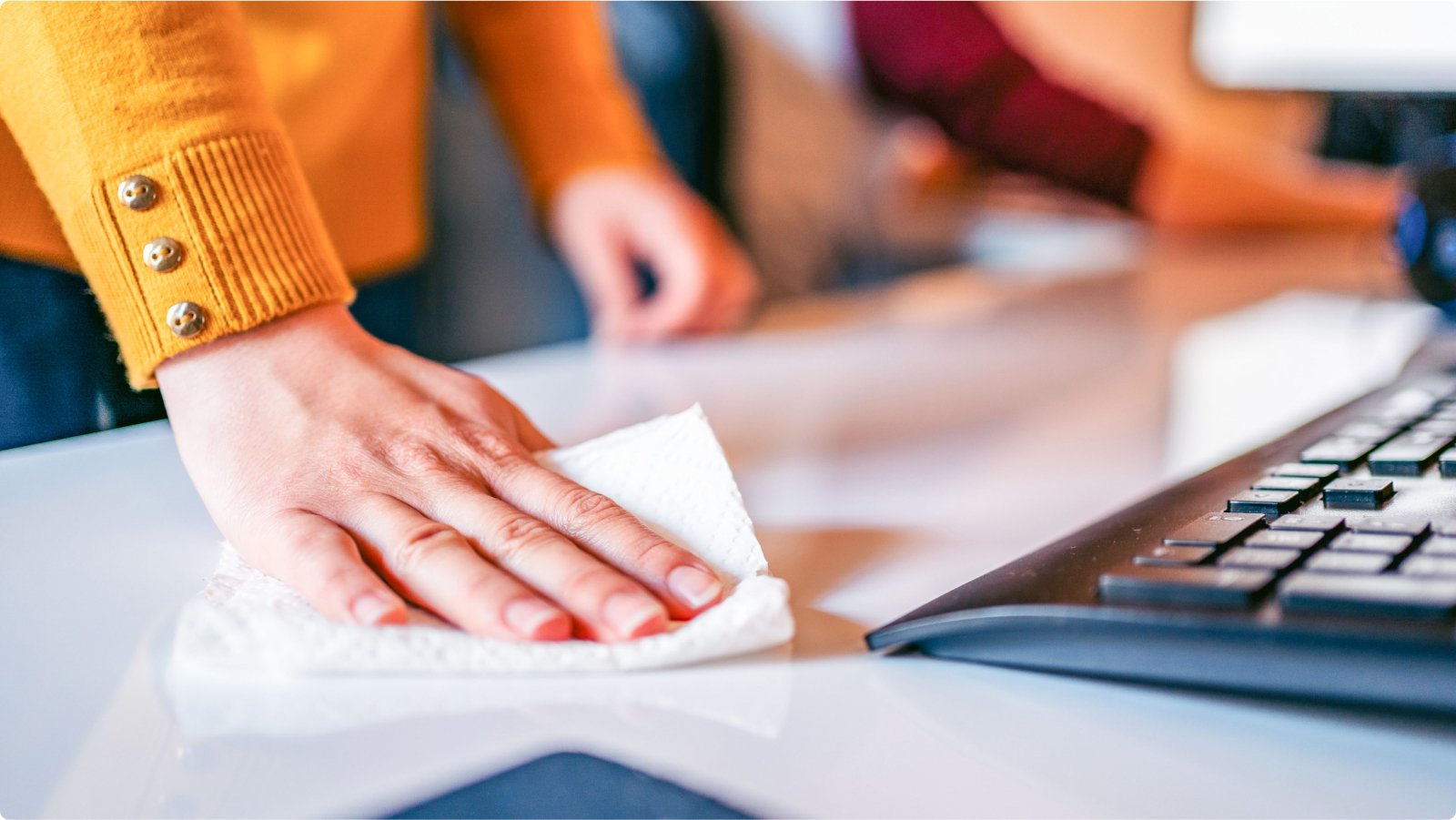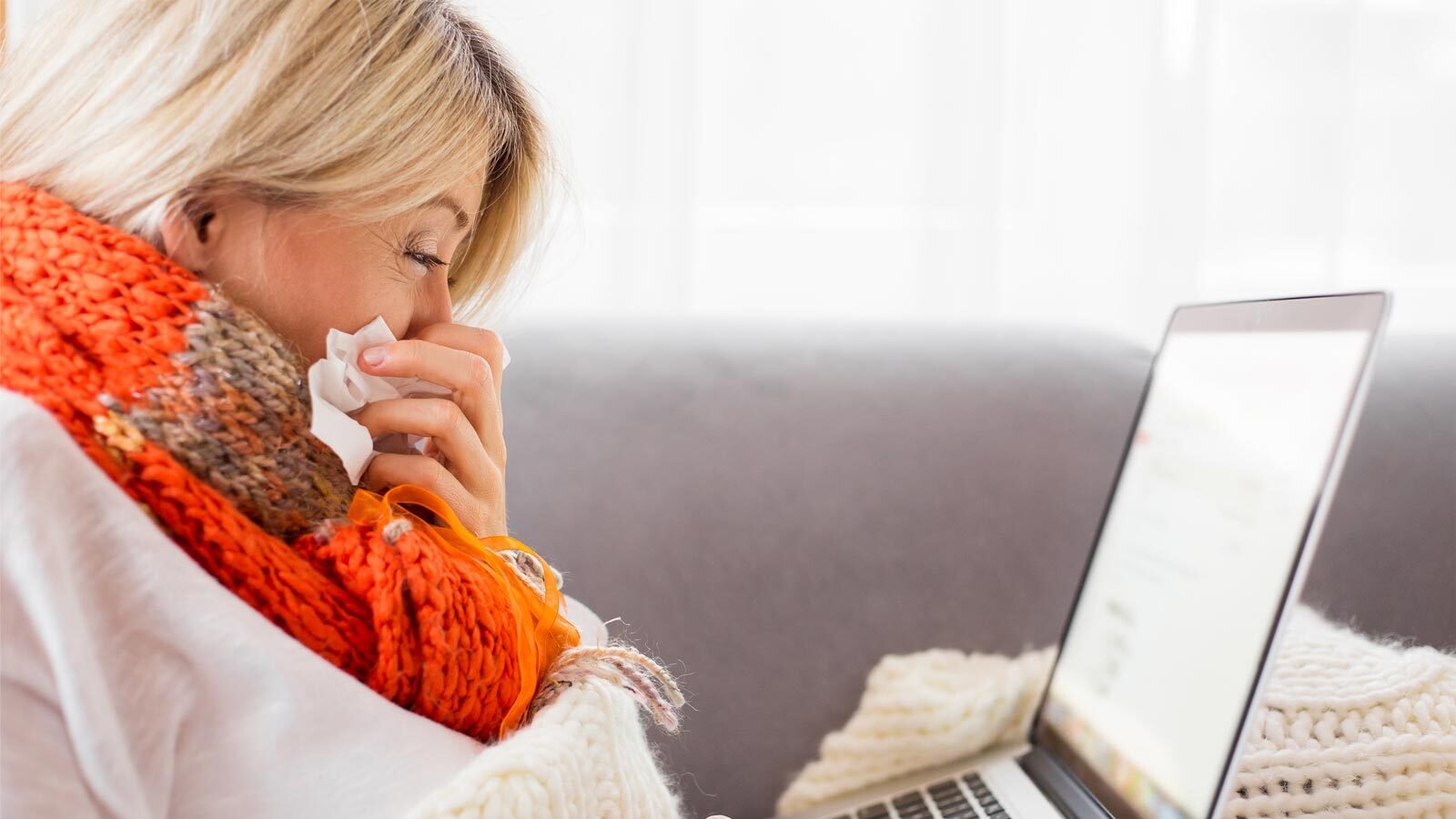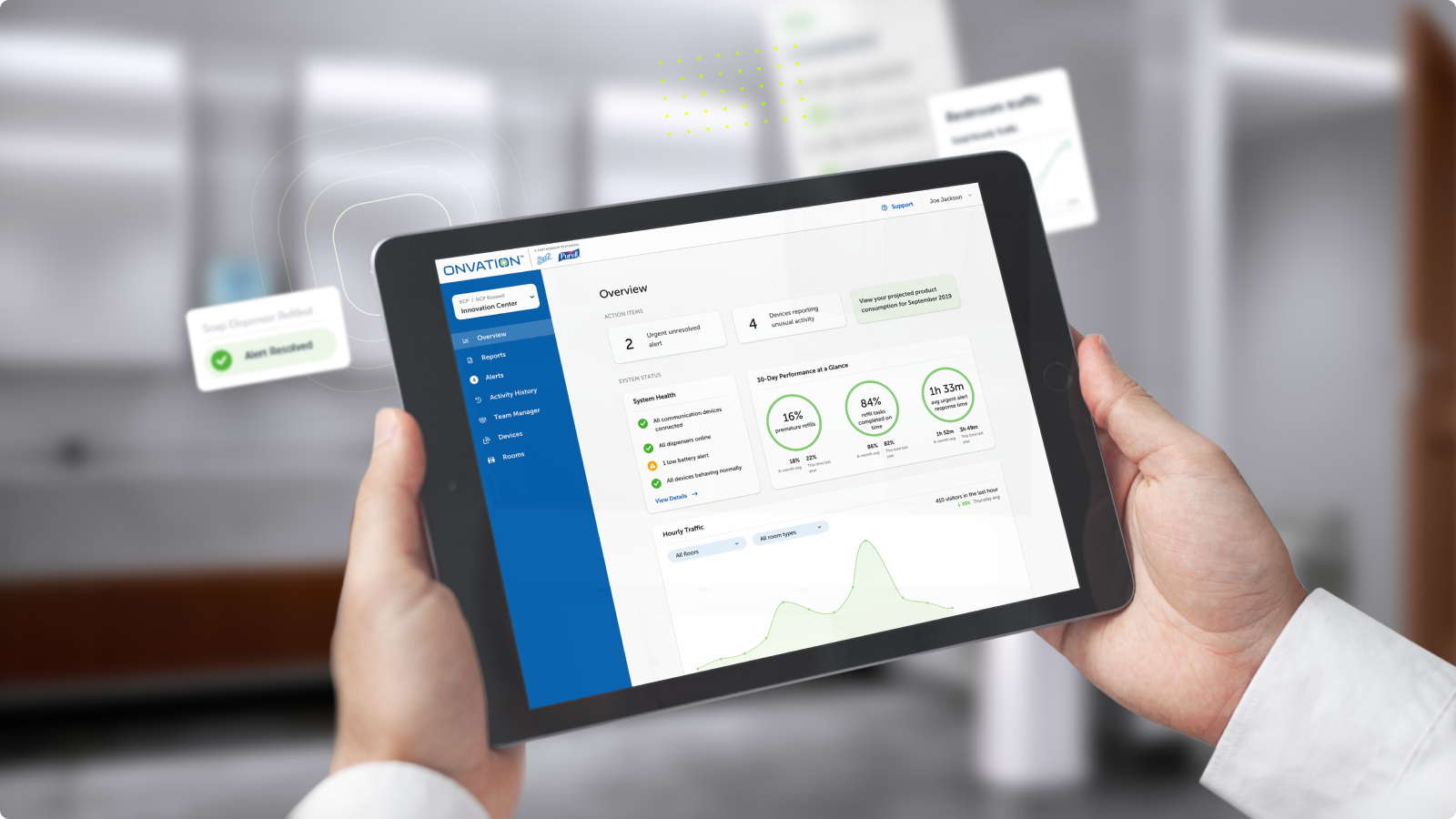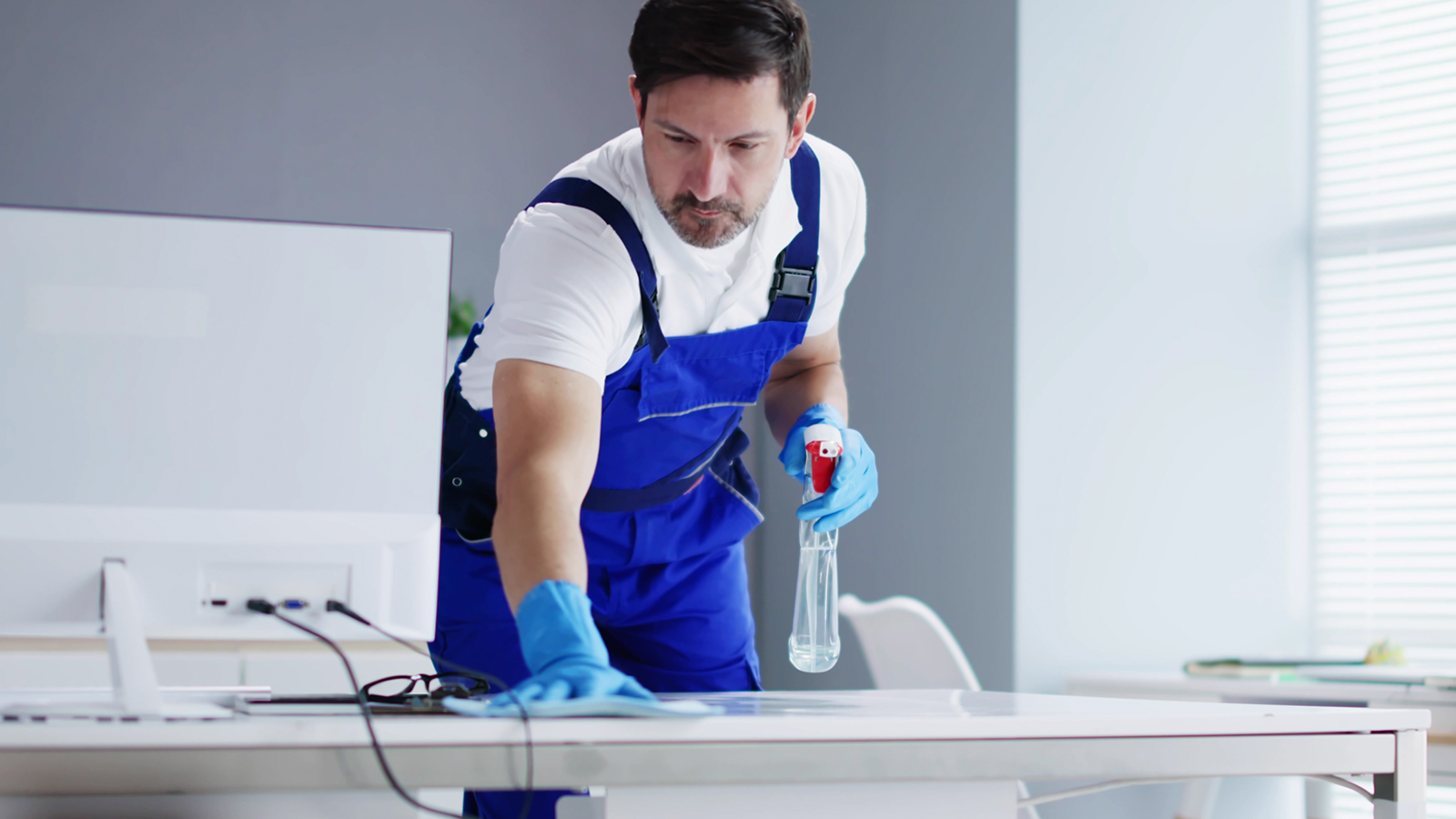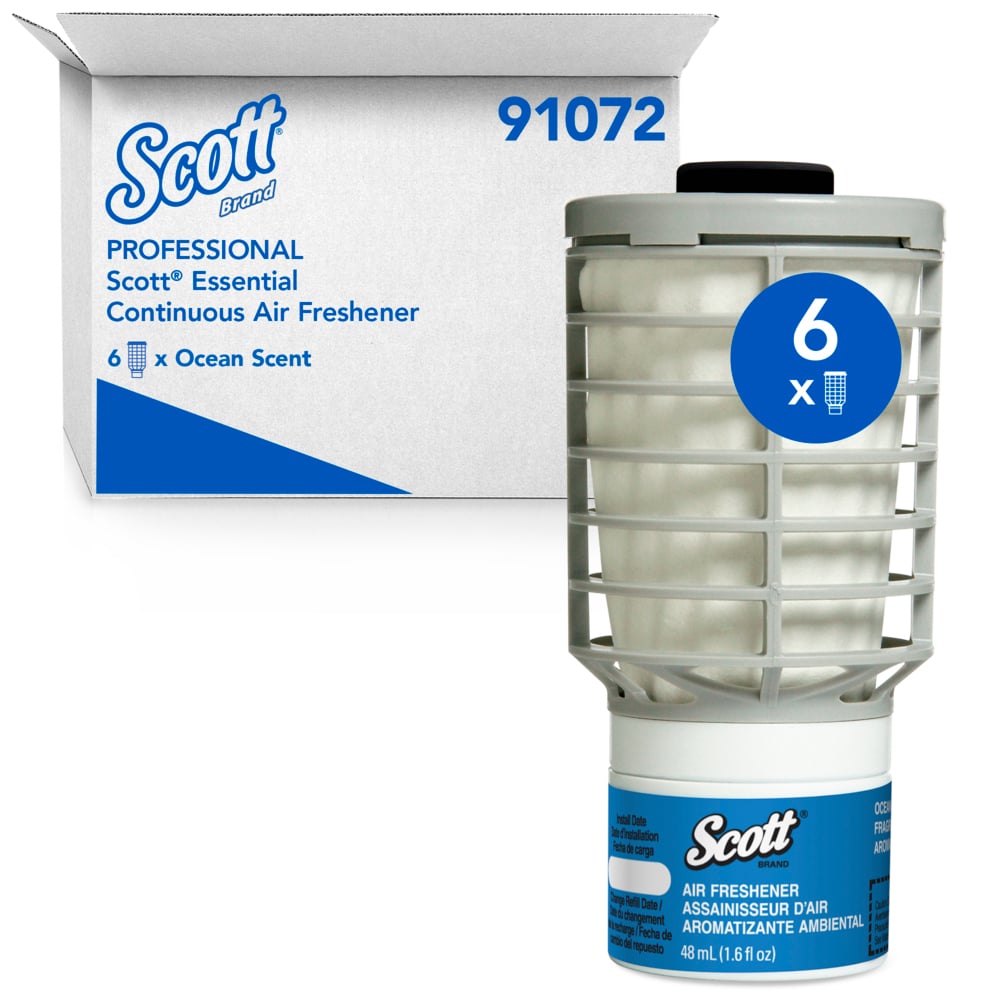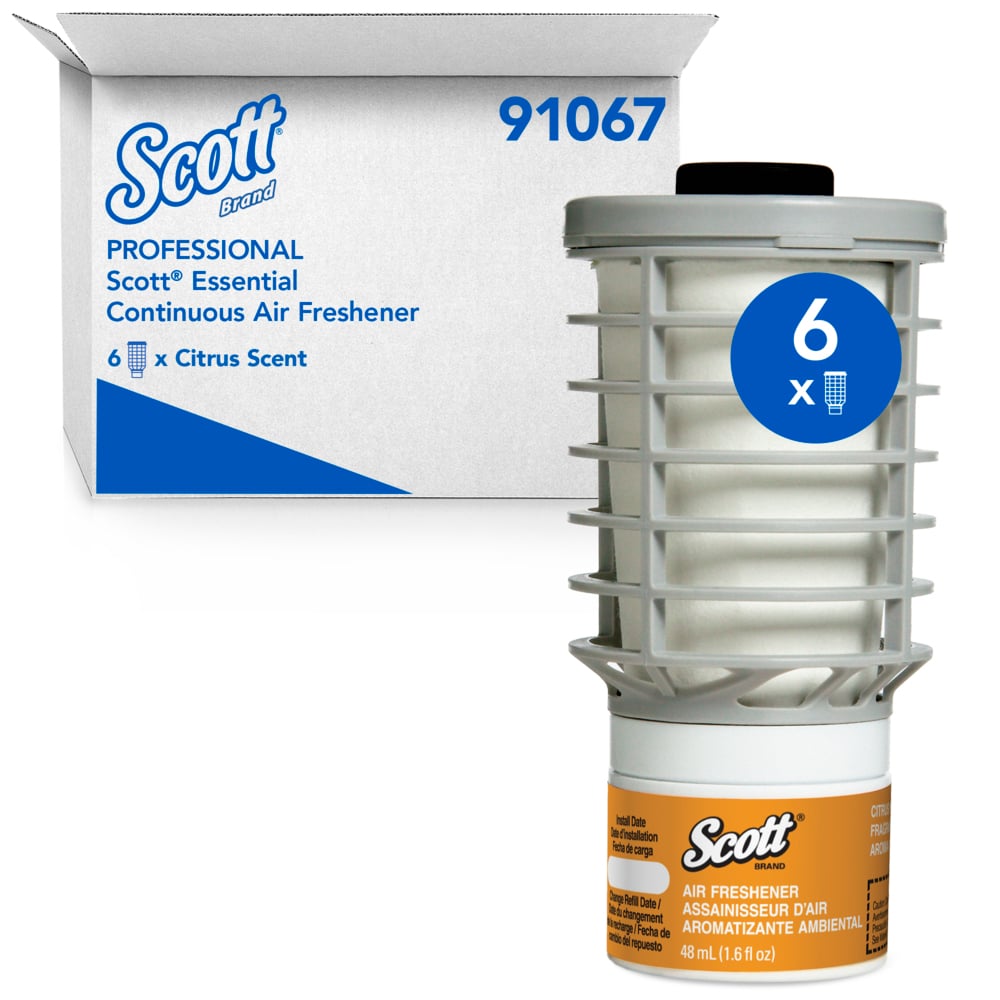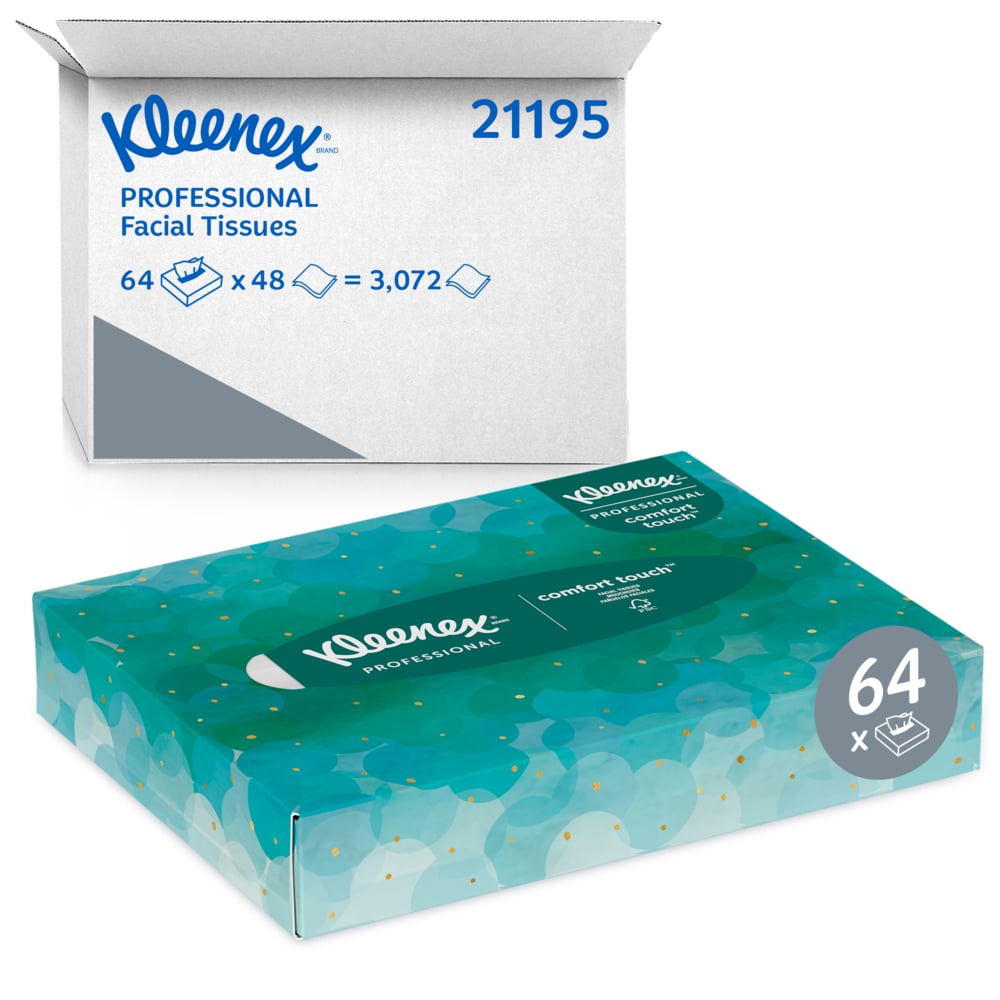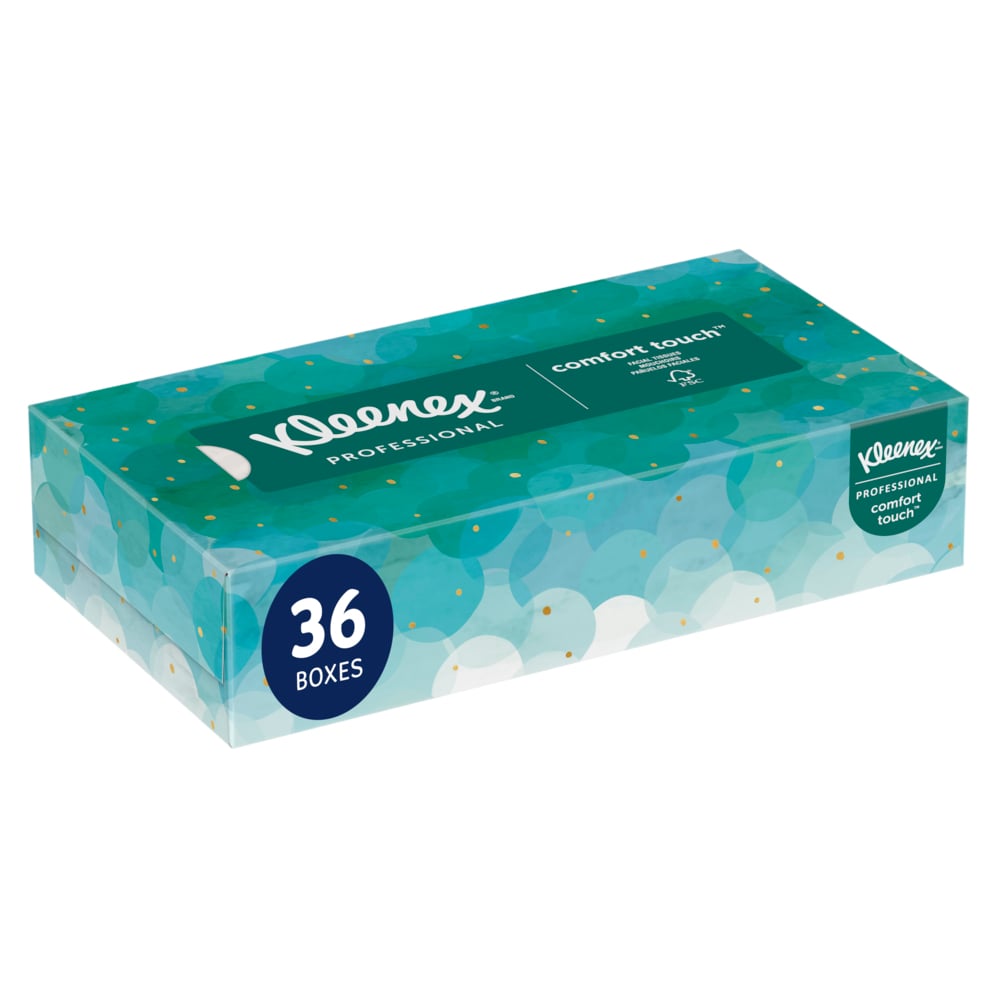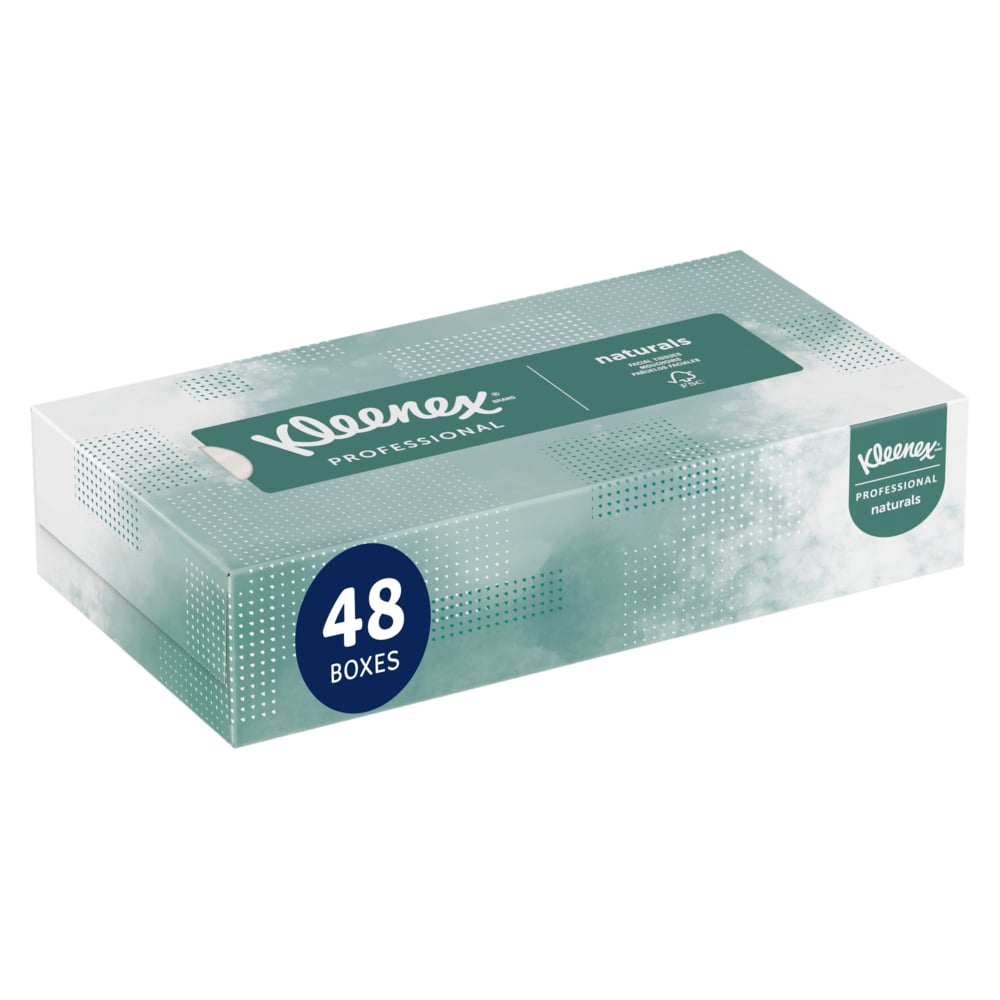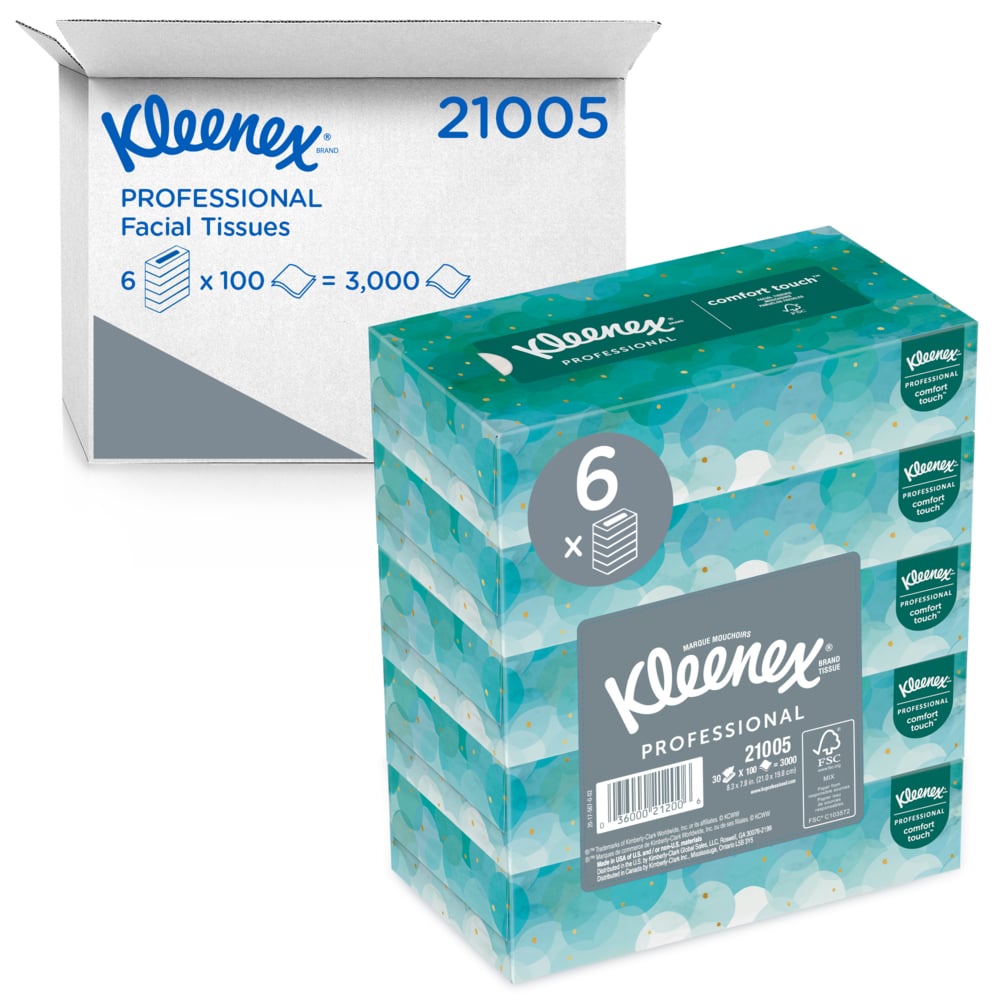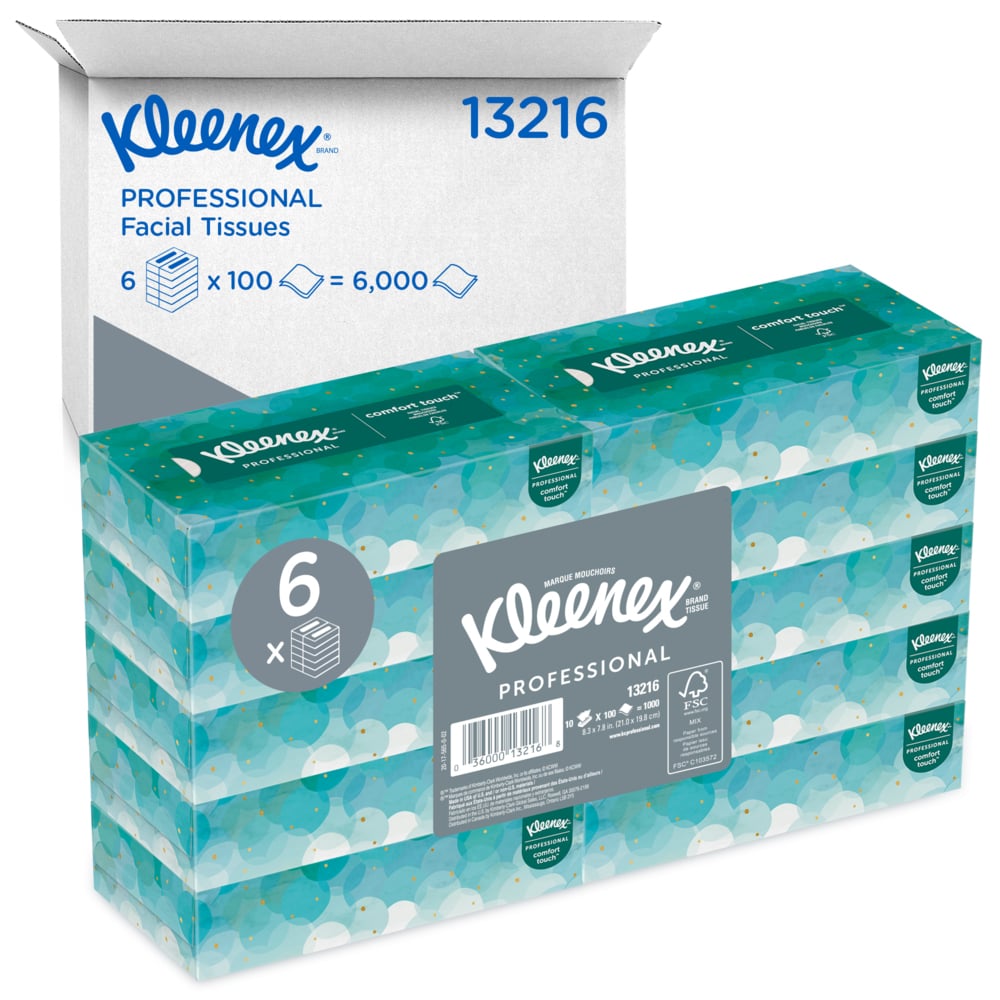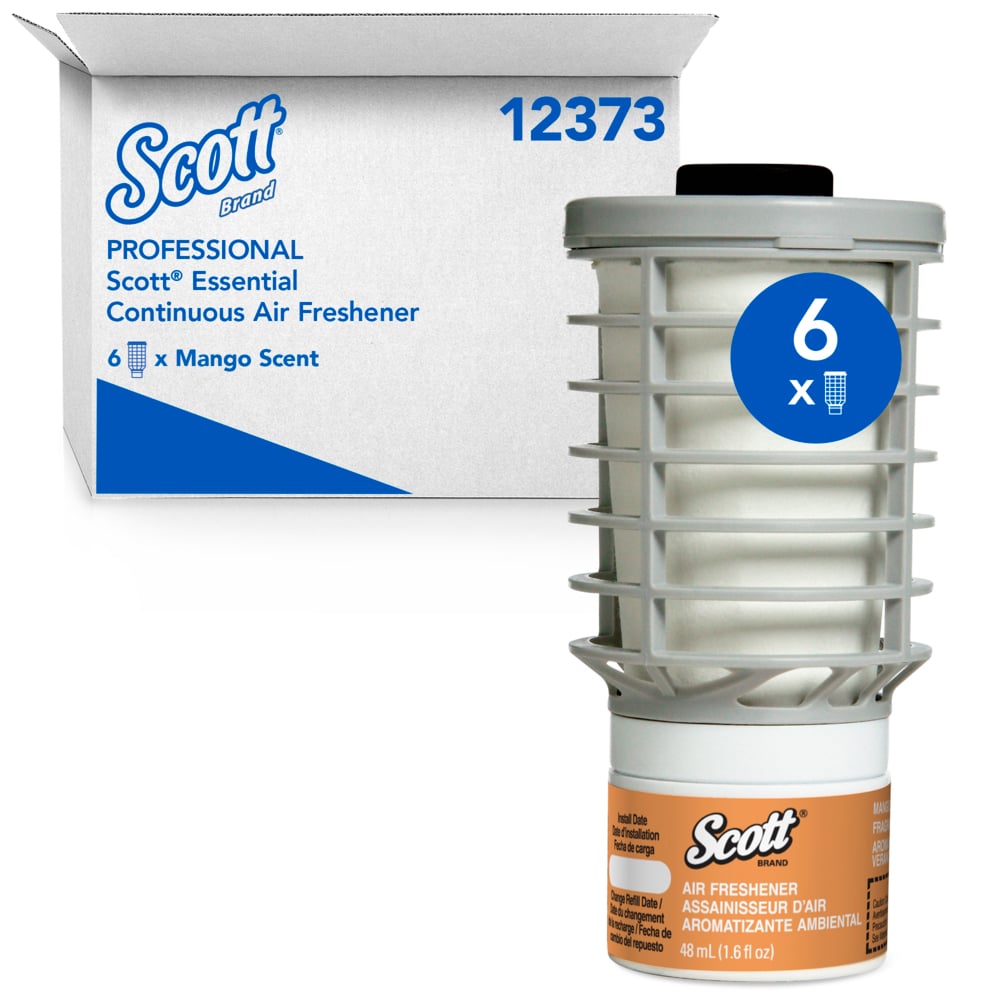Last Updated AUGUST 2024
10 Workplace Hygiene Tips to Reduce the Spread of Germs
Did you know that workplaces with higher hygiene standards experience up to 80% fewer instances of productivity loss from illness? Dive into this article to gain actionable insights every business should implement and transform your facility into a healthier, more productive space.

Maintaining a clean and hygienic workplace is crucial for the health and well-being of all employees. Effective cleaning practices prevent the spread of illnesses and significantly enhance productivity.
Research suggests that workplaces with higher hygiene standards experience up to 80% fewer instances of productivity loss due to illness.1
Achieving these high hygiene standards involves selecting the right products and methods during the procurement process. Without the appropriate supplies and techniques, maintaining high hygiene standards in the office becomes challenging.
The Consequences of Not Prioritizing Hygiene
Neglecting workplace hygiene can lead to significant consequences that impact both employees and the organization. Here s what can happen when hygiene isn't a priority:
Increased Illnesses
Unclean environments can foster bacteria and viruses, leading to higher rates of sick leave among employees.
Reduced Productivity
When employees are unwell, it disrupts workflows, causing delays and reducing overall productivity.
Negative Morale
Poor hygiene standards can reduce focus, create a negative mindset and impact mental well-being, leading to
decreased job
satisfaction and morale.
Potential Legal Issues
Failing to maintain hygiene standards can result in regulatory penalties and harm the company's reputation.
Recognizing these potential issues underscores the importance of making workplace hygiene a top priority.
10 Tips to Elevate Workplace Hygiene
Creating a clean and hygienic workplace is essential for everyone s health, well being and productivity. Start by understanding and adhering to industry standards and regulations. In the U.S., the Occupational Safety and Health Administration (OSHA) provides guidelines, while the Health & Safety Executive (HSE) does so in the U.K. Familiarize yourself with the hygiene requirements in your country and ensure your organization meets them.
Once the basics are covered, you can implement these tips to elevate hygiene standards in both individual workstations and shared areas:
Set clear expectations
Hygiene is a team effort, so it’s crucial to set clear expectations. Start by clearly communicating the expected behaviors: sanitizing shared keyboards daily, washing hands regularly and cleaning up after using the kitchen. Share these guidelines in engaging ways during team meetings, through company updates and in the staff handbook. Making sure everyone knows their role helps create a cleaner, healthier workplace.
Explain why
Engaging people with objectives starts with understanding the reasons behind them. Highlight how maintaining high hygiene standards aligns with organizational goals and how neglecting hygiene can negatively impact health and productivity. By connecting these dots, everyone can see the importance of their role in maintaining workplace hygiene.
Make it accessible
Encouraging good hygiene habits starts with convenience. Place tissues, hand sanitizer and antibacterial wipes near workstations and in common areas. Keep soap dispensers and paper towel dispensers fully stocked and explore touchless technology for restrooms to reduce the spread of germs efficiently. These simple steps make it easier for everyone to prioritize cleanliness throughout the workday.
Encourage proper hand hygiene
Promote regular handwashing with soap and water, especially after using the restroom and before meals. Ensure hand sanitizing stations are readily available for convenient use between washes. These practices help maintain clean hands and effectively minimize the spread of germs.
Have employees take ownership
Empower employees to take ownership of their workspaces by tidying up daily. Prompt them to dispose of trash, organize papers and regularly disinfect frequently touched surfaces like desks, keyboards and phones with disinfectant wipes.
Develop protocols for shared equipment
Establish cleaning schedules for shared items like printers, telephones and equipment in meeting rooms. Encourage employees to wipe down equipment before and after use to minimize germ transmission.
Keep eating areas tidy
Implement guidelines for maintaining cleanliness in eating areas. Encourage employees to clean up right after eating and to enjoy their meals away from their desks. This helps reduce germ spread and gives everyone a break from screens, fostering more opportunities for team socialization.
Encourage preventive care and sick days
Create a supportive environment where employees feel empowered to take sick leave or attend preventive appointments without hesitation. Studies indicate that 3 out of 5 employees feel uncomfortable scheduling preventive visits and nearly 9 out of 10 would postpone them due to workplace pressures.2 Promoting this approach not only helps prevent illness spread in the office but also supports employees overall well being
Studies indicate that 3 out of 5 employees feel uncomfortable scheduling preventive visits and nearly 9 out of 10 would postpone them due to workplace pressures.2
Utilize touchless systems in restrooms
Enhance restroom hygiene with touchless systems like Onvation®. Install sensor operated faucets, soap dispensers and single use paper towel dispensers to minimize cross contamination risks. These upgrades reduce physical contact with surfaces, ensuring effective hygiene standards throughout the facility.
Promote a feedback loop
Establish a feedback mechanism where employees can report hygiene concerns or suggest improvements anonymously. Use this feedback to continuously enhance hygiene practices in the workplace.
By integrating these practical tips into daily routines, each member of the workplace community actively contributes to creating a healthier and more enjoyable environment.
Hygiene Matters: Enhancing Workplace Wellness and Productivity
Maintaining workplace hygiene is crucial not only for preventing illnesses but also for boosting productivity and creating a positive work environment. It demands collaboration among building tenants, facility managers and every employee.
Selecting the appropriate cleaning methods and products during the procurement process is vital for success. By implementing the tips and practices outlined in this post, you can ensure your workplace remains a clean and healthy space.
Remember, the key to success lies in continuous improvement — regularly reassessing and refining hygiene practices ensures ongoing effectiveness and enhances overall workplace well-being. A hygienic office isn't just a necessity; it's a cornerstone of productivity and employee satisfaction.

Case Study: The Dirt on Microfiber
Are reusable microfiber cloths living up to their cleaning hype? Uncover insights into their effectiveness with our independent case study. Discover the truth behind this popular choice for your facility.
2Virtual care for a healthy workforce (2022, November 21). Kaiser Permanente Business. https://business.kaiserpermanente.org/california/healthy employees/innovation/virtual care healthy workforce










